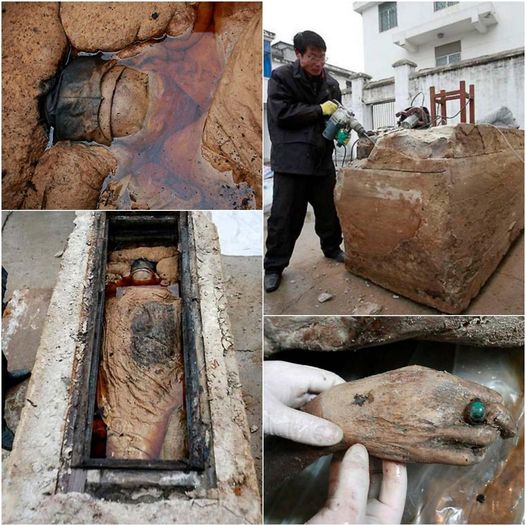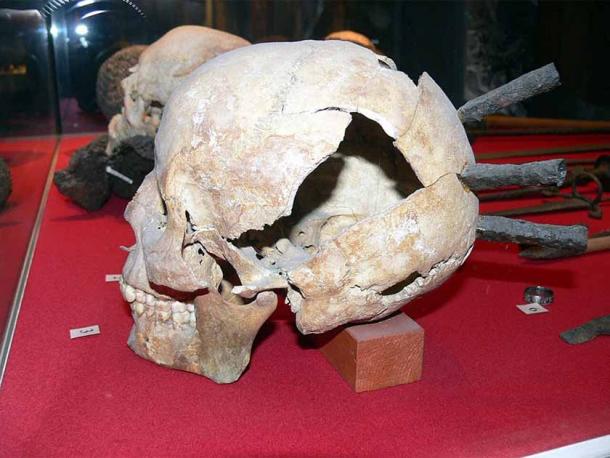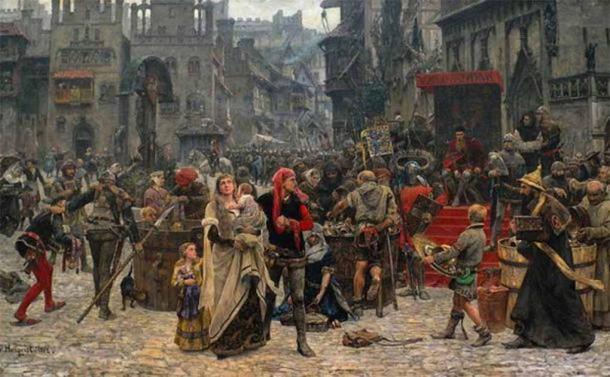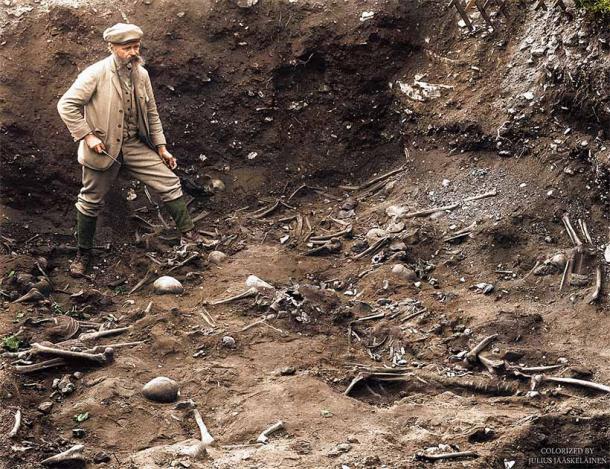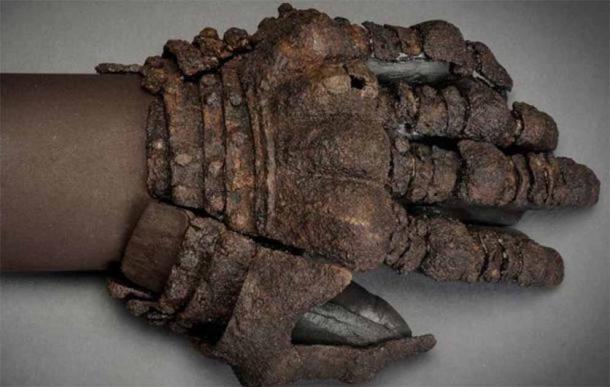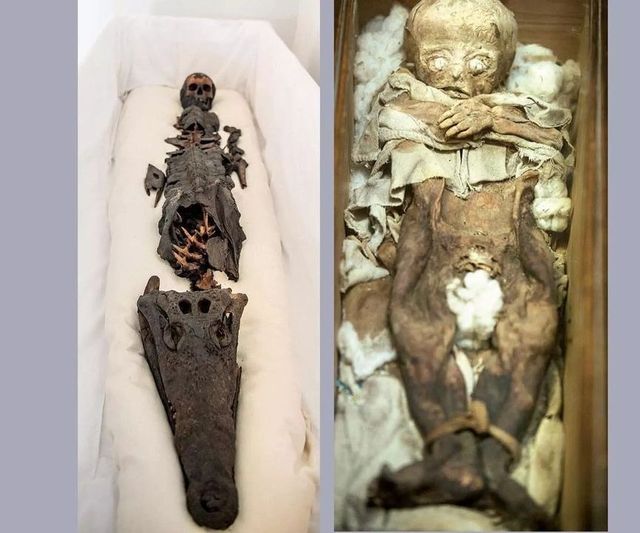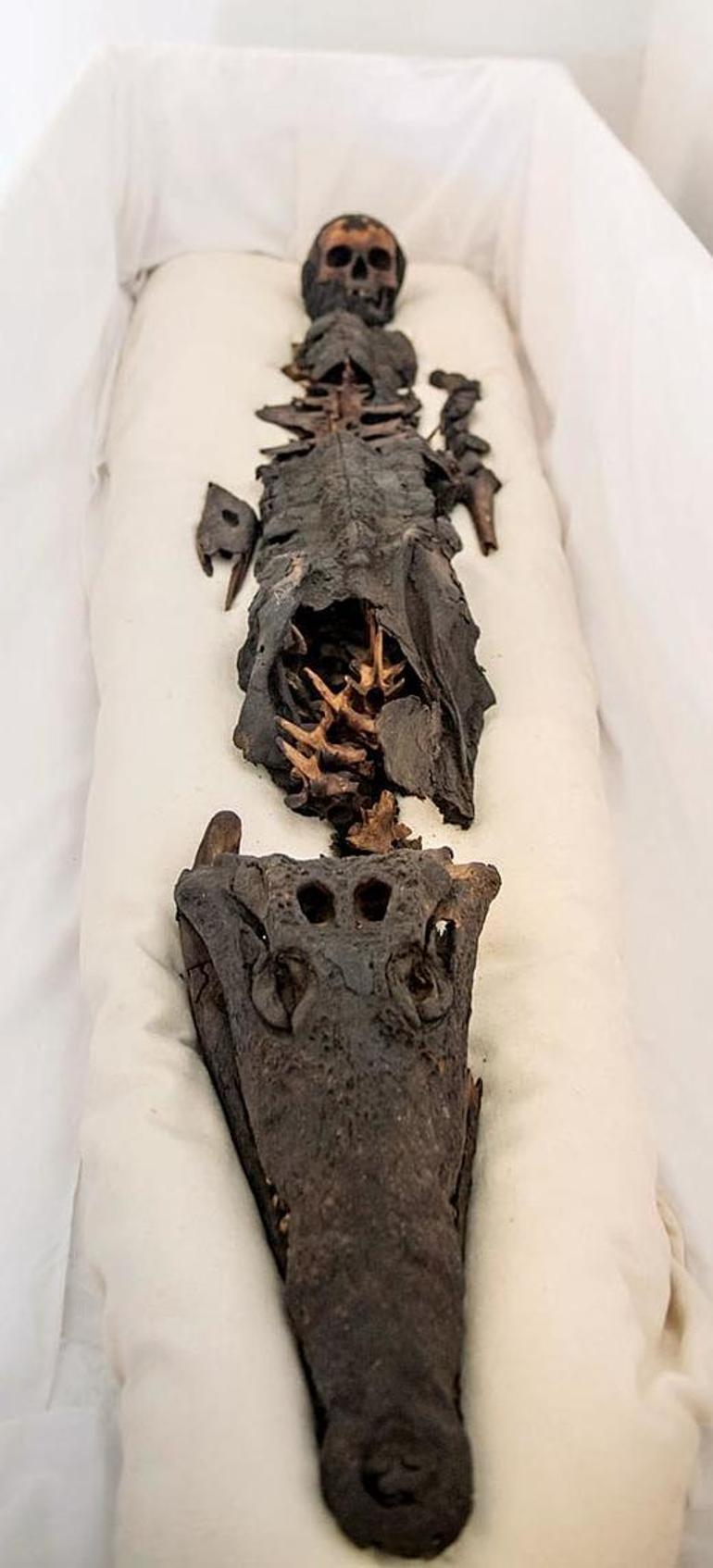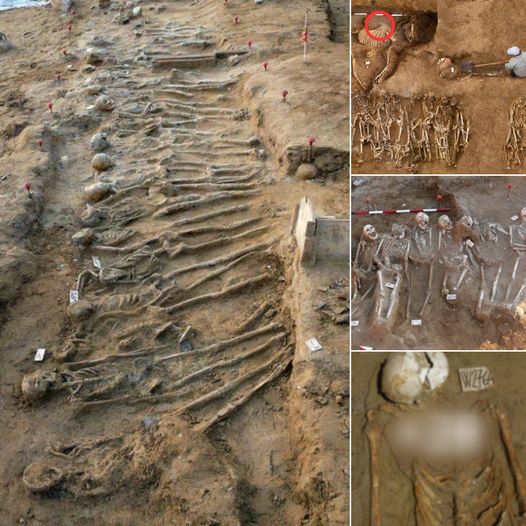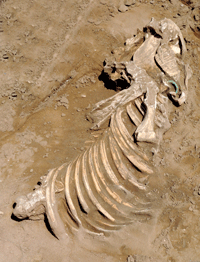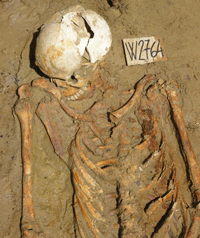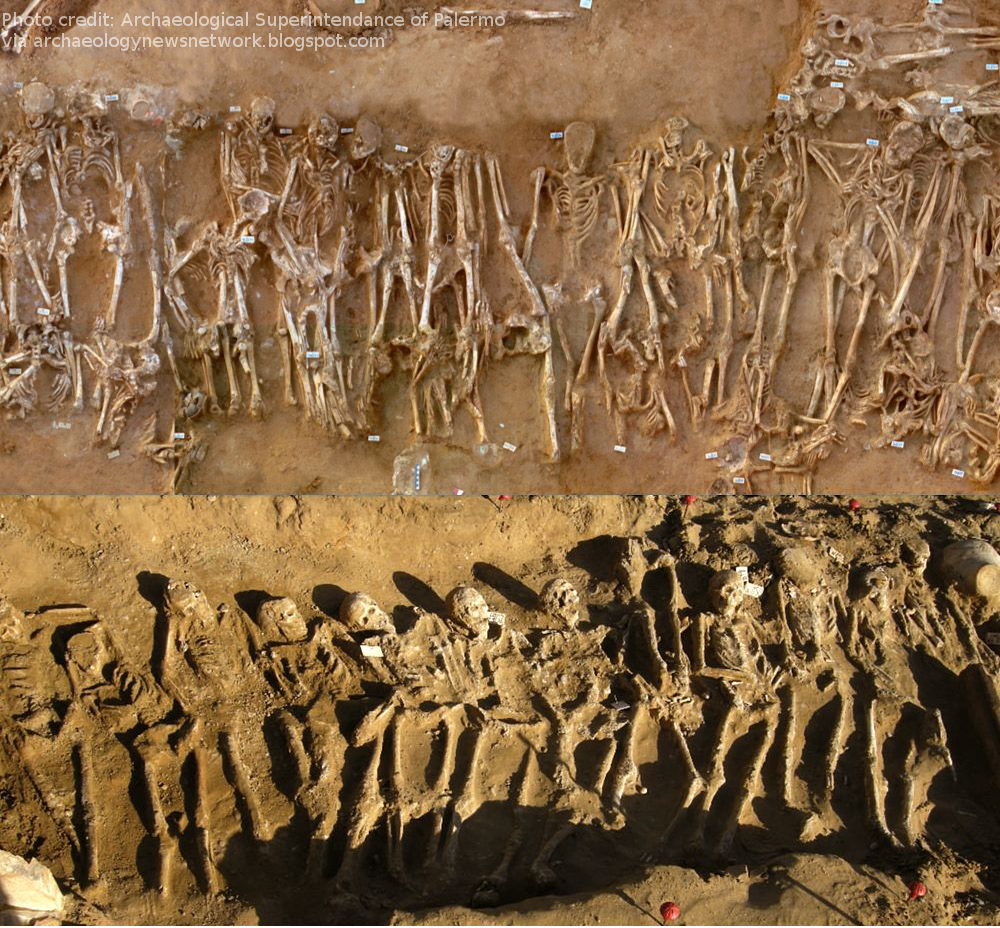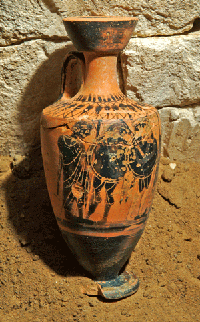In the year 1967 an Italian immigrant (L.R.) was living in Edmonton, Alberta, Canada. He lived in a little room on 92nd Street, rented from a Ukrainian family. The room, about 3 m (10 feet) by 3 m (10 feet) was beneath the roof, with a window looking towards the north-east.
A Light in the Sky
November 4th, 1967 was a cold Saturday, but the weather was otherwise quite good. It was about 11.30 pm when L.R. came back home after spending the evening with some Italian friends living in 95th Street.
Once back in his sparsely furnished room, he started to prepare a cup of coffee before going to bed. He placed the machine on the gas ring and, waiting for the coffee to come through, was smoking a cigarette, looking out of his window.
He could see the sky and part of the Saskatchewan River, at that moment iced-up, running alongside the Riverside Municipal Golf Course about 1,500 m (0.9 miles) away.
After a few minutes of contemplation of the landscape, suddenly, L.R. spotted a brilliant light in the dark sky. It was moving, coming from the east and headed fast towards the north, perpendicular to his point of observation.
At first, he thought it was a plane, because the airport was not far away. But its path and its behavior did not seem like that of a plane, and it was this that had attracted his attention.
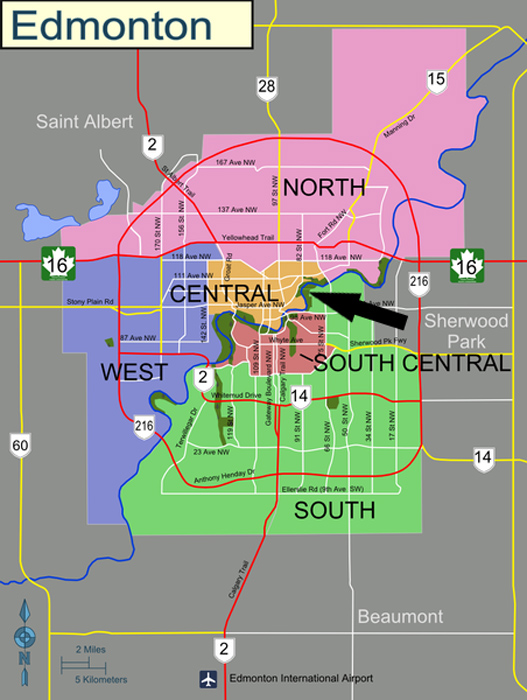
As he watched, the brilliant dot started to descend, coming lower to the ground. Then it stopped, hanging in midair, and L.R could see now that it was rounded and globular in shape. It started to emit an intense pulsating reddish light, about double the size of a car’s headlight.
A Visitor to the Golf Course
Suddenly the light went off, and the object was no longer visible. But in the position where the object should have been, a bright blue ring appeared, approaching the ground and becoming bigger and bigger until it, too, disappeared.
These rings appeared three times, before the object itself reappeared with its reddish pulsating light. It remained there for about 10 minutes. By now it was about 11.45 pm, and another small light detached itself from the main object, moving rapidly and approaching the ground in an oblique path.
At this point L.R. switched off the light in his room and turned off the gas ring. Then, full of fear and curiosity, he took his place again at the window.
The little object was still high in the sky when he returned, appearing to be some 500 m (1,640 feet) up. It started to slow down, until it almost stopped, but continued to head towards the ground.
L.R. could see it clearly by now. It was round, truncated at both poles, and was silver in color. It rotated slowly on itself and emitted a buzzing sound like an electric transformer, emanating a soft violet light.

Then suddenly the little object moved again, flying over the Saskatchewan river and landing on the grass of the Riverside Municipal Golf Course almost a mile away. There, the light of the object went out.
- Lonnie Zamora: A Credible UFO Sighting?
- The Copper Scroll of Treasures
It remained extinguished for about 5 minutes. Then, the little object lit up again and took off, returning towards the main object which had remained unmoving throughout.
When the little object reached the main object, it disappeared, swallowed by the main object. The red light became more brilliant and pulsating as the larger object accelerated, moving slowly at first and then faster as it disappeared towards the north.
Physical Evidence
The day after, Sunday November 5th, L.R. woke up early and looked in the newspaper for some news about the phenomenon. He didn’t find any news, so he decided to investigate the place he had seen the little object land: the Municipal Golf Course.
After about half an hour of searching he found, on the grass, the traces of the landing he had seen: a ring of squashed grass, some 5 m (16 feet) wide. At a distance of about two meters (6.5 feet) from the ring’s edge he also found holes in the ground, of about 10cm (4 inches) in diameter.
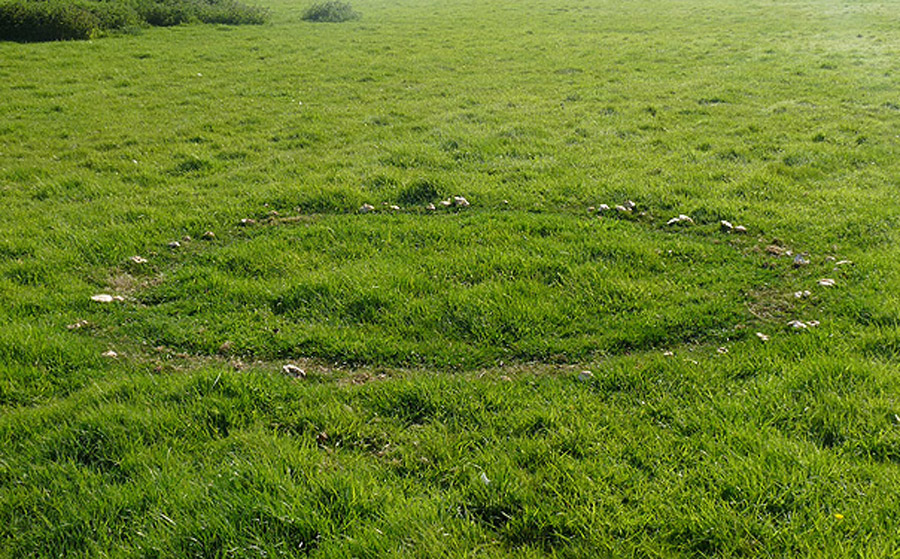
Satisfied he had not imagined that entire thing, L.R. was leaving the spot when a twinkling on the ground attracted his attention, and he saw a piece of metal peeping out among the blades of grass. When he stopped to examine it, he found It was a square plate of a material like copper.
The size of the plate was 17.3 cm (6.8 inches) wide by 12.5 cm (4.9 inches) high. The plate was very fragile, only about 1 mm (0.04 inches) thick, little more than foil. And it was covered with strange characters and writing.
He took the plate home with him.
In the days that followed he looked again for a story in the newspapers, but still didn’t find anything. Unsure as to the best course of action, at last he decided not to declare the phenomena to the police. He was an immigrant in a foreign country and didn’t wish to have problems with his passport. Besides, would anyone have believed his story?
So, he kept the plate in his little garret room. And, six years later when he was able to come back to Italy, he brought the plate with him.
Further Investigation
I think it was approximately 1976 or 1977 when I read this story, in the Italian magazine “Il Giornale dei Misteri.” The black and white photo of the plate published beside the article was what first attracted my attention, and my curiosity.
I had to see it, I wanted to see the plate in color. At that time I was living in Rome and after some telephone calls to the magazine I obtained the telephone numbers of L.R. who was living in Southern Italy, near Naples.
Thus, I got in telephone contact with him. He confirmed the story and told me he was not interested in analyzing the plate, in spite of my insistence. It was just like a lucky mascot for him, stored in his strongbox, and all this interest about his story was starting to disturb him.
Moreover, he didn’t have much interest in UFOs and related matters. So, after this conversation, I proposed to send a friend of mine, living closer to his town, with the task of taking a photo of this strange plate, nothing more. He agreed, and I sent my friend to see him.
Since this I have had no further contact with him, but I have been working in my free time to try to understand this puzzling plate. As far as I know, no other researchers have ever studied or done research on this strange object.
- What or Who Were The Foo Fighters? Strange WWII Lights In The Sky
- The Battle of Los Angeles
And during these years no magazine or newspaper has ever written a single additional word about this story, except me. I have published information on this event a couple of times, hoping to spark some curiosity in some scholar, but always without success.
A Search for Explanations
I can offer a few straightforward explanations for what L.R. observed and found:
It seems clear that L.R. saw some kind of UFO, which dispatched a smaller lander to touch down on the golf course. I think that the piece of metal could have been left there intentionally by the smaller object, or its occupants.
Alternatively, the piece of metal could have been there before the alleged landing. Or possibly the UFO occupants wanted someone to witness the phenomenon, and investigate the spot.
In fact, without the sighting, the piece of metal would likely not have stirred up any curiosity, and surely ended in the rubbish sack of the Riverside Municipal Golf Course gardeners.
And yes, I thought the plate and the story could be a fake. But I still think L.R. was sincere, and he was hardly in a position to create a story like this, engraved copper evidence and all.
I have tried to contact some semiologists via the internet, with no great success. Only one took the time to reply in detail, telling me that the symbols embossed on the plaque appeared to be a mix of ancient symbols in different languages, including the Celtic alphabet Ogham.
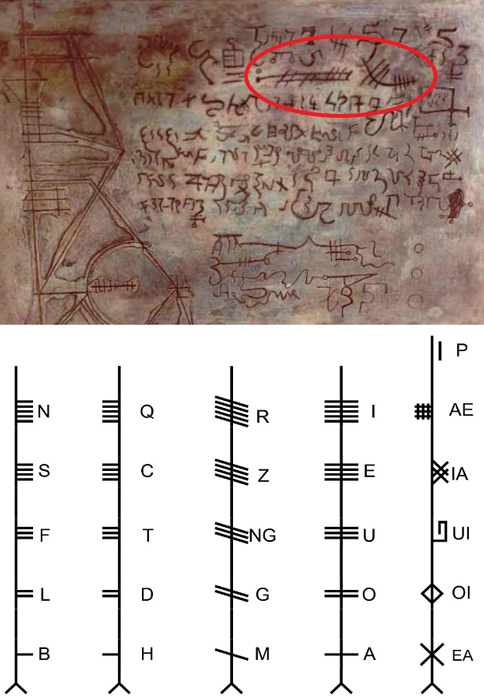
Furthermore, to investigate further one should distinguish consonants from vowels, list the various symbols and calculate the number of times the same symbol appears, and start to work out patterns in the text. Not really suitable work for a curious old girl like me.
Of course, the semiologist wasn’t interested in studying the plate directly.
A Postscript: the Loss of the Plate
About 15 years ago I again contacted L.R. by phone to know if he had any news, or had maybe changed his mind about analyzing the plate. He told me sadly he didn’t have the plate anymore, and proceeded to relate a crazy story.
He was sitting in the car getting ready to go to work when he heard a “pop” at the car window. He realized that there had been a gunshot and scrambled out of the car, hiding and calling the police.
The Carabinieri arrive and, having verified the shot, they take his car away for checks and analysis. He was a bit apprehensive about this because for some time he had been carrying the metal plate in his work bag, as a good luck charm alongside his office papers. And the bag was propped on the passenger seat.
After about a week, the Carabinieri returned the car to him. But the bag was not there. And he, after much reflection, preferred not to ask for it.
It is not my intention to convince anyone what UFOs are, if alien life forms exist or are visiting Earth. I know well this is a controversial matter for most. I am just offering this story in an attempt to provide unbiased information for research purposes, or for those just interested in the subject.
But while the original of the plate may be lost, the pictures remain. Maybe, just maybe the answers to this riddle lie in what is written on the copper. Can you crack the code of the Edmonton UFO?
Top Image: The copper plate. While the original is lost, a translation may be possible. Source: Daniela Giordano.
by Daniela Giordano
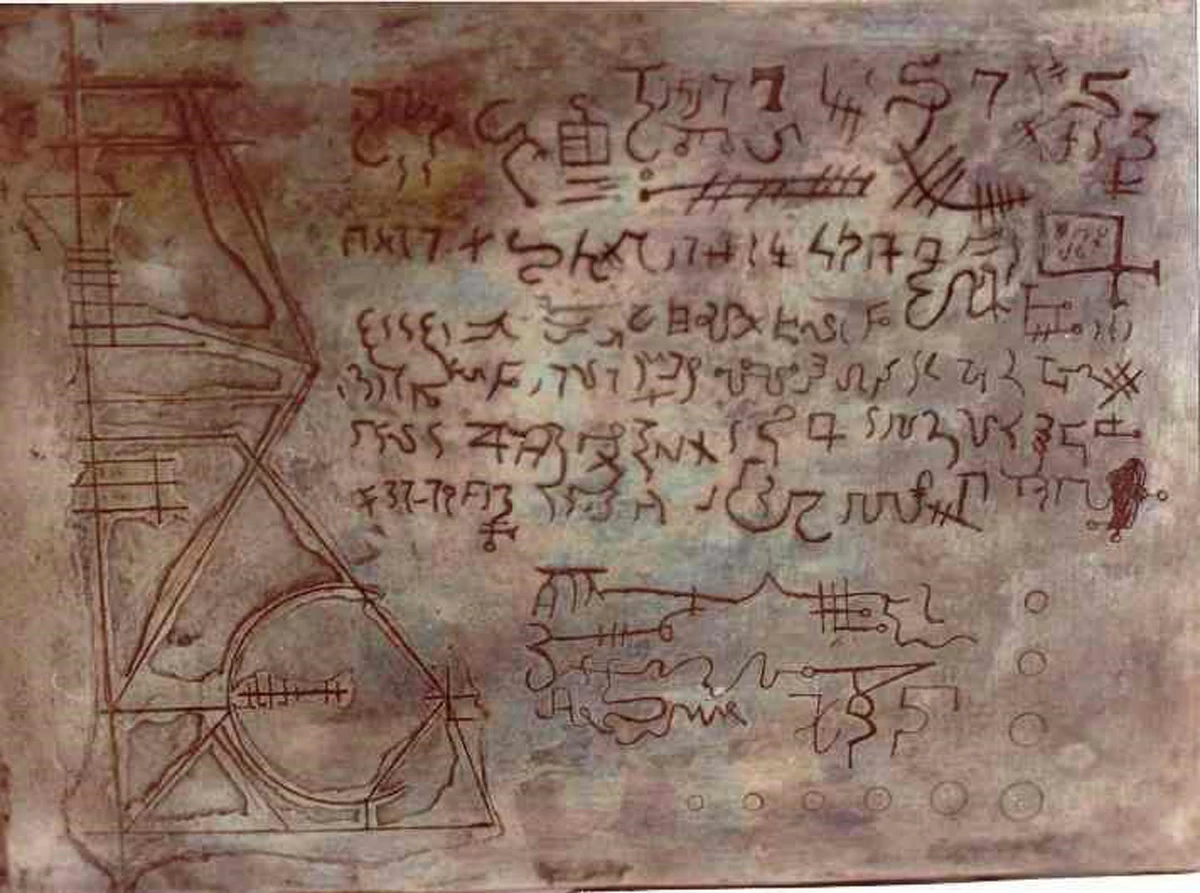


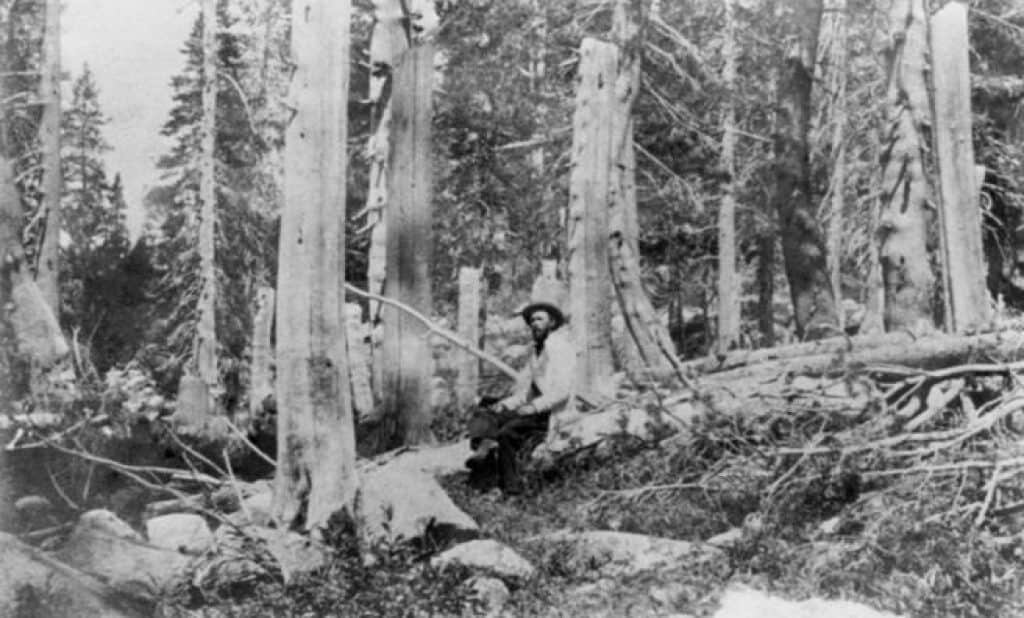



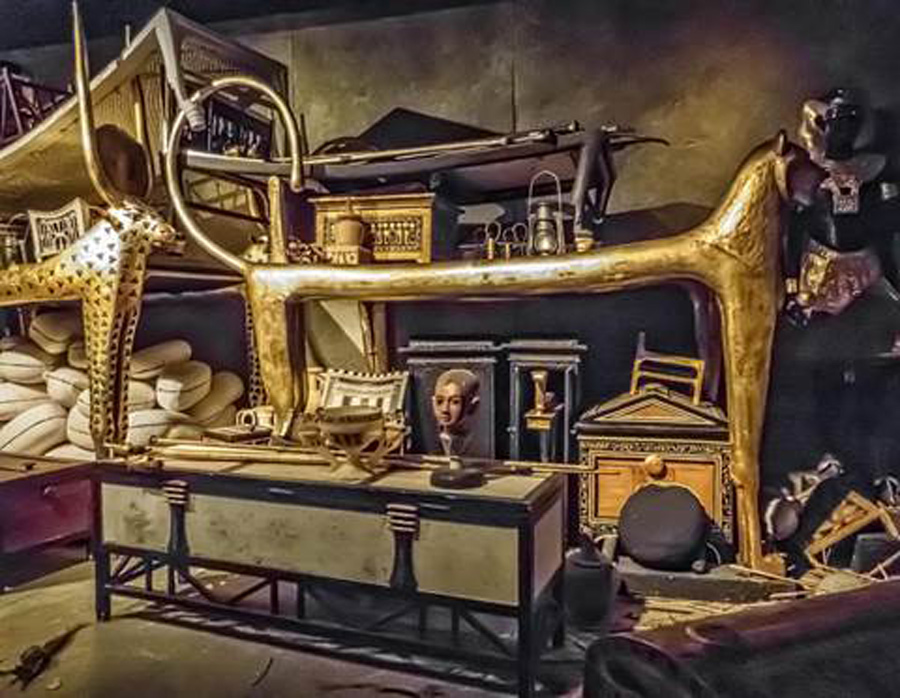
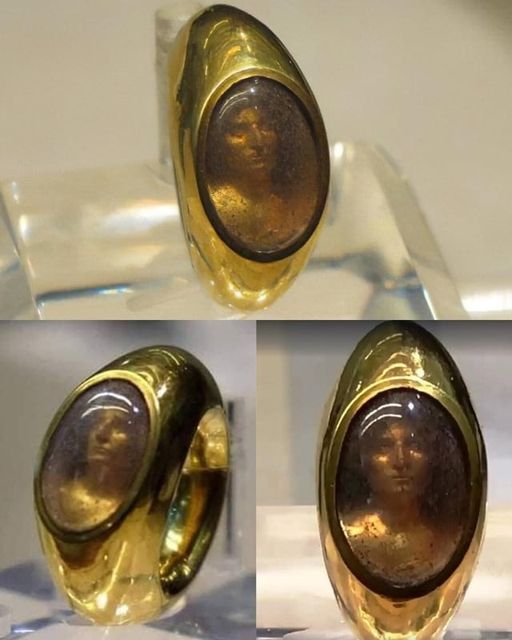



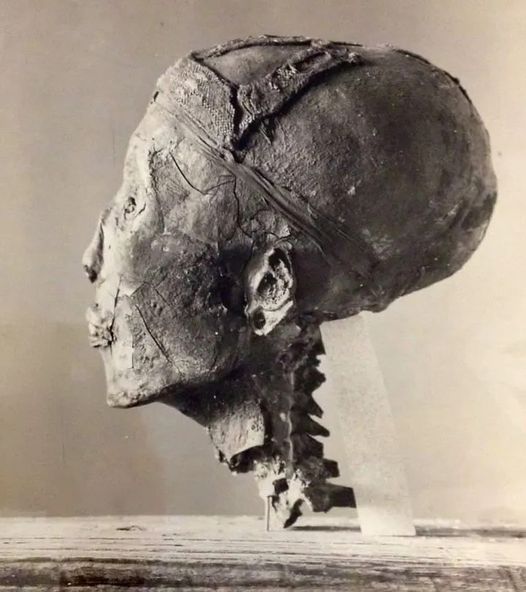



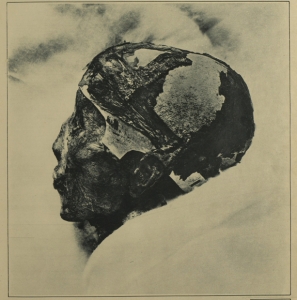
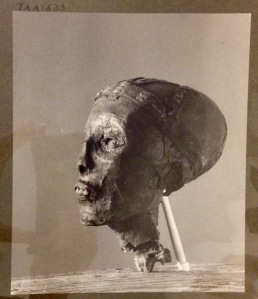
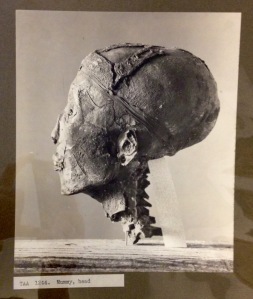


 Shutterstock.
Shutterstock. Shutterstock.
Shutterstock.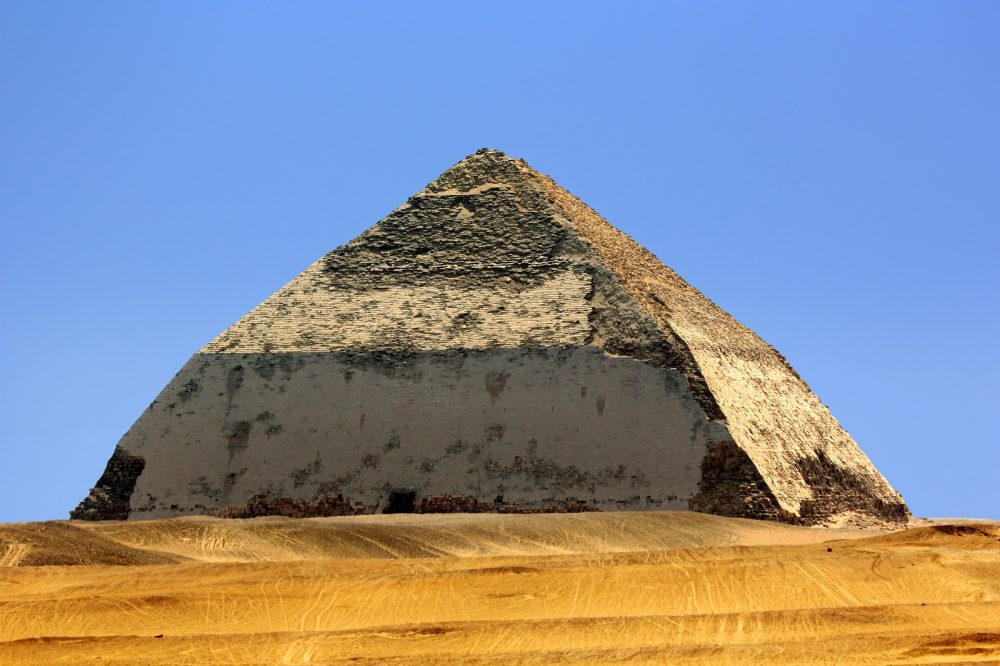 The Bent Pyramid is also known as the False, or Rhomboidal Pyramid because of its changed angle slope.. Shutterstock.
The Bent Pyramid is also known as the False, or Rhomboidal Pyramid because of its changed angle slope.. Shutterstock.
